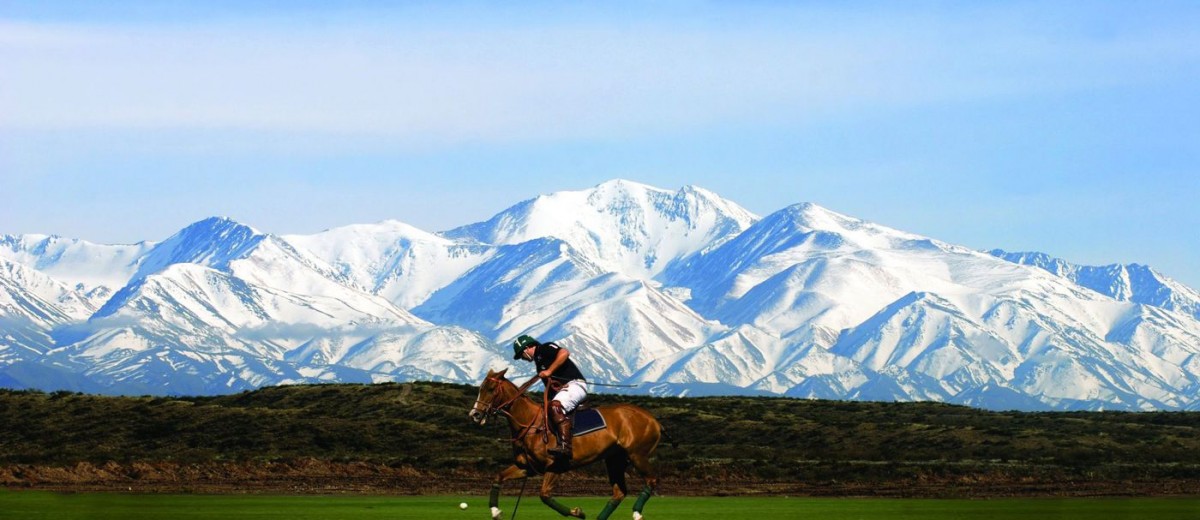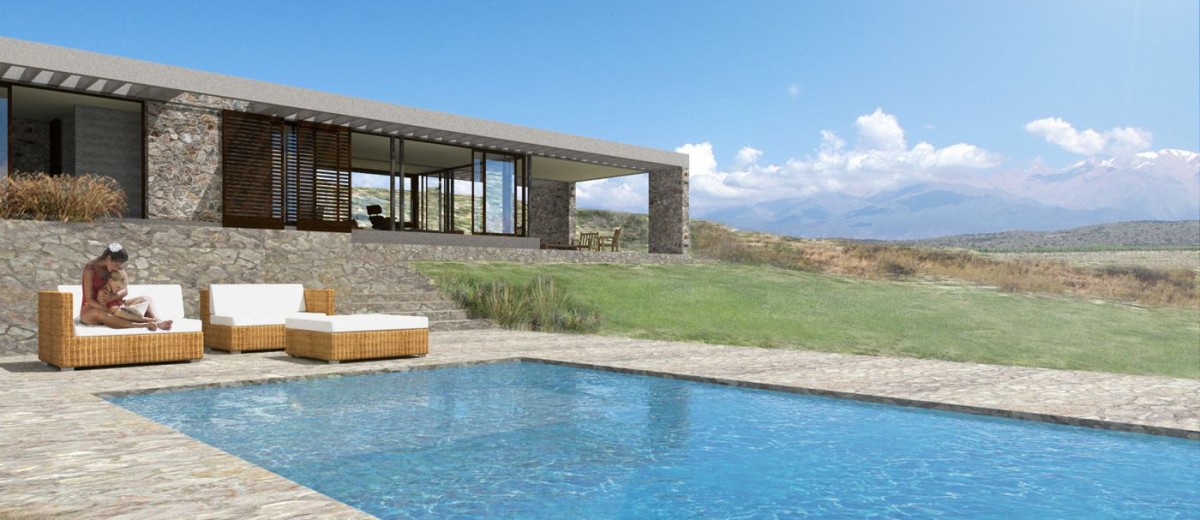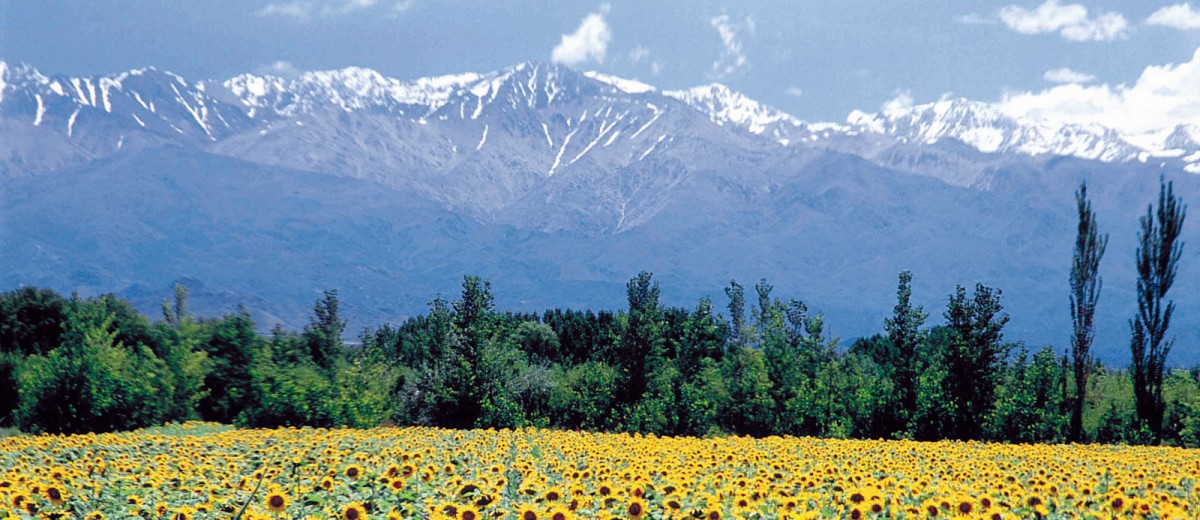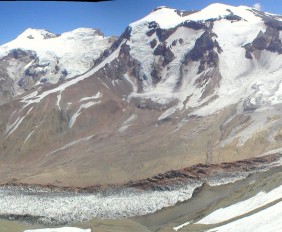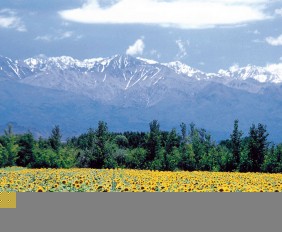The department of Tupungato is located on the foothills of the Andes mountain range. It is an immense valley with slopes from West to East.
It is located at 80 km from the city of Mendoza. It was originally inhabited by the Huarpes indigenes and it was founded on November 8th 1858.
Temongacu: Huarpe word that means: “viewing point of Andean condors” “Viewing point of stars”
It was supported by the arrival of European immigrants who, working with sacrifice and devotion, made this main village be designated as city.
It is bounded by Luján to the East and North, by Rivadavia and Luján to the East and by the department of Tunuyán to the South. Its area is of 2485 km2. In the lowest areas of the department, the average temperatures are milder. However, in the high mountain area, we find mountain cold weather and snow precipitations.
Its territory is dominated by growing vegetables and fruit.
The first thing that captivates the traveler is exactly the variety of colors in the valley and the slopes. A sequence of fruit plantations in different varieties, in addition to the area’s natural greenery and vegetable crops, creating a unique polychromatic wealth. Among them are the walnuts. And that´s exactly why Tupungato is known as the “Walnut Capital”.
This valley called “Corredor Productivo” (productive corridor) is located on the foot of 6,811 m – Volcán Tupungato (volcano) where potato crops, walnut, almond and chestnut trees, and vineyards grow. There is also the unique cross-built Bodega Salentein and the Monasterio del Cristo Orante devoted to spiritual retreat. This valley is the access gate to the road surrounding the Cordón de Plata through Valle de Las Carreras up to Las Vega district.
This journey is beautifully framed by valleys and meadows.
Esta entrada también está disponible en: Spanish Portuguese (Brazil)




